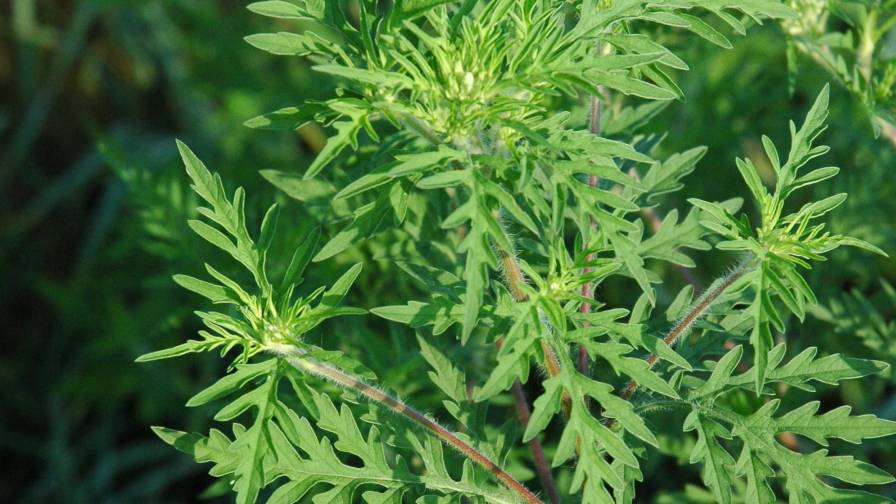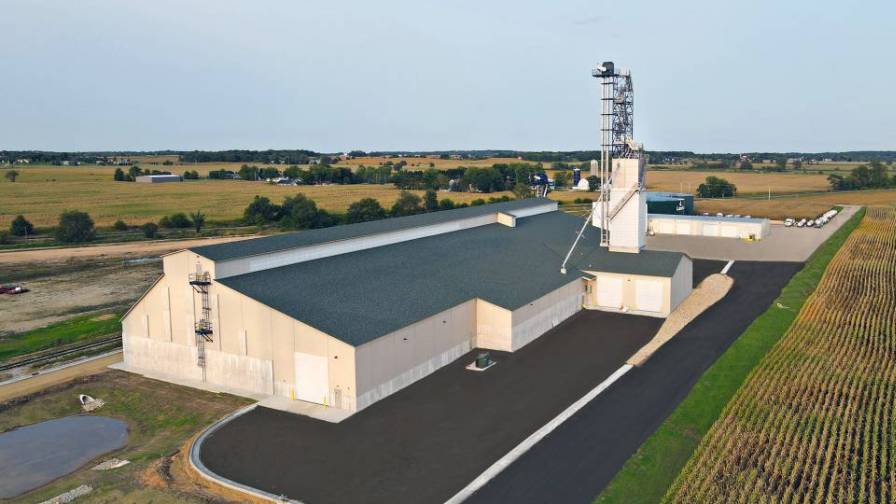8 Tips For Controlling Weeds Postharvest
Have you struggled with winter annual weeds getting in the way of spring planting? Many farmers are fighting off these weeds with fall herbicide applications. Applying a herbicide now may help you save time next spring, said Aaron Hager, University of Illinois Extension weed specialist.
Before making a fall herbicide application, Hager offers a few reminders:
1. Scout fields before making any application. This helps determine what weeds are present and if their densities are high enough to warrant treatment.
2. Many herbicides used prior to or after crop planting/emergence can be applied in the fall, but not all herbicides are labeled for fall application. Atrazine, for example, is widely used before and after corn emergence, but is not labeled for fall application. Check the label to determine if fall application is allowed.
3. Some herbicides approved for fall application have application timing restrictions on their labels. If you are considering applying a treatment (such as glyphosate) that does not possess much soil-residual activity, the application should be timed to occur after the majority of winter annual species have emerged. Instead of applying such a treatment in early-October, a mid- to late October application timing might provide better results. If your fall application will include a herbicide with soil-residual activity, then the application could be made sooner, but check the product label.
4. Combinations of one or more herbicides can broaden the weed control spectrum. This can be very important if winter annuals have already emerged before the application is made. Combining 2,4-D and/or glyphosate with soil-residual products can improve control of emerged species and help control biennial or perennial species. Include the appropriate spray additives with all applications.
5. Location in the state can influence fall herbicide applications. Fall herbicide applications seem to “fit” better in areas of central and southern Illinois. Labels may indicate fall applications that can be made only in certain geographical regions of the state.
6. Fall applications that include soil-residual herbicides may not always result in a clean field by planting time next spring. Delays in spring fieldwork may allow the fields to green up before the crop can be planted. Occasionally, if the suite of winter annual weed species is adequately controlled, the emergence of summer annual weed species may occur sooner than if winter annuals were still present.
7. Do not utilize a fall herbicide application as an avenue to provide residual control of summer annual weed species. Control of summer annual species, such as waterhemp, is often improved when applications of soil-residual herbicides are made closer to planting compared with several weeks (or months) prior to planting. If a soil-residual herbicide will be part of a fall herbicide application, select an application rate that will provide control of winter annuals throughout the remainder of 2011, and do not increase the application rate in hopes of obtaining control of summer annual species next spring.
8. With the increasing prevalence of horseweed, including glyphosate-resistant populations, fall herbicide applications may prove more efficacious than spring applications. Glyphosate alone may not provide adequate control when applied in either fall or spring, but a fall application timing provides an opportunity to utilize higher application rates of products (such as 2,4-D) than are feasible to use in spring.
Apart from winter annual weed species, fall months may offer a good opportunity to apply herbicides for improved control of certain biennial and perennial weed species. These species often become established in reduced or no-tillage fields and can be difficult to control with herbicides once the populations are established.
For more information on controlling weeds after fall harvest, read The Bulletin online at bulletin.ipm.illinois.edu/.
(Source: Aaron Hager, Extension Specialist, Weed Science/IPM, [email protected])






